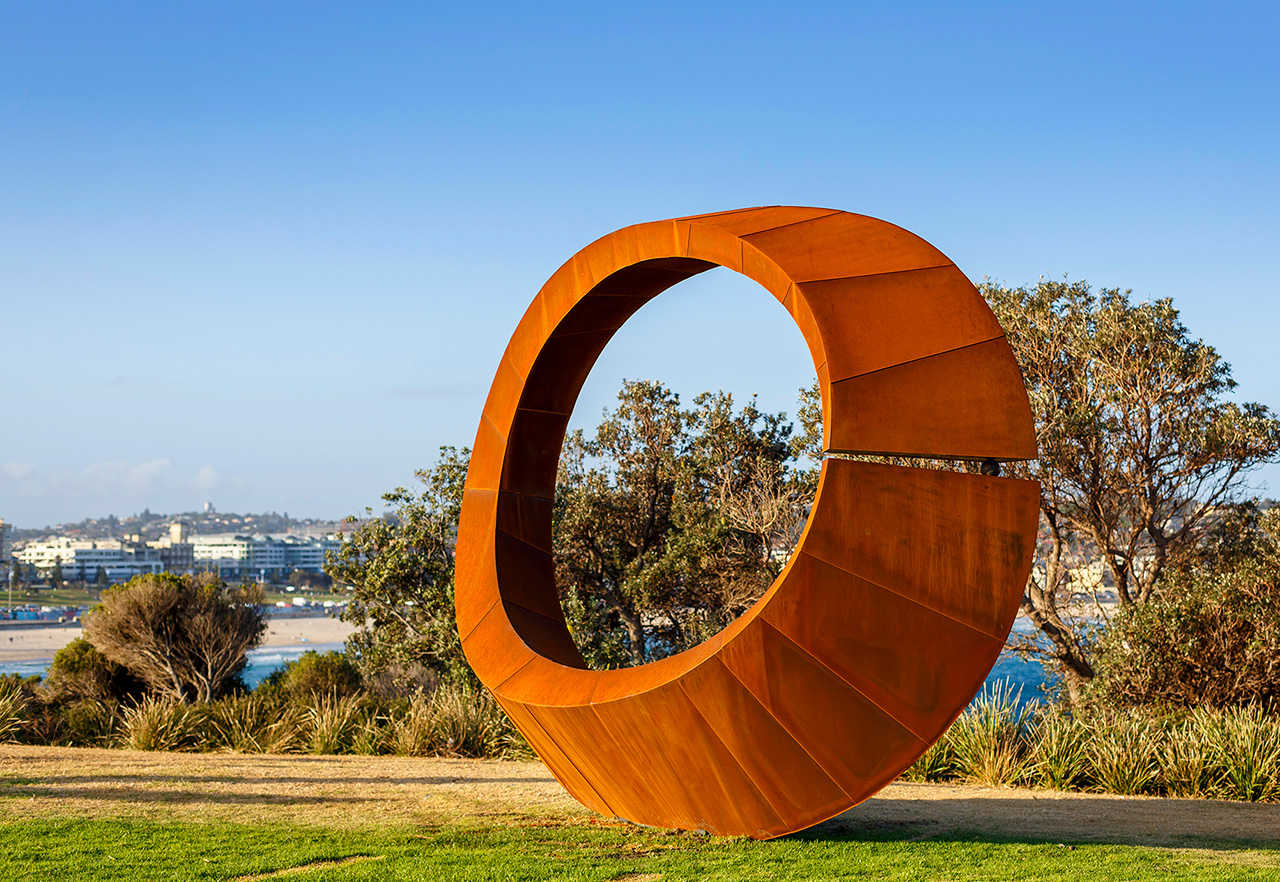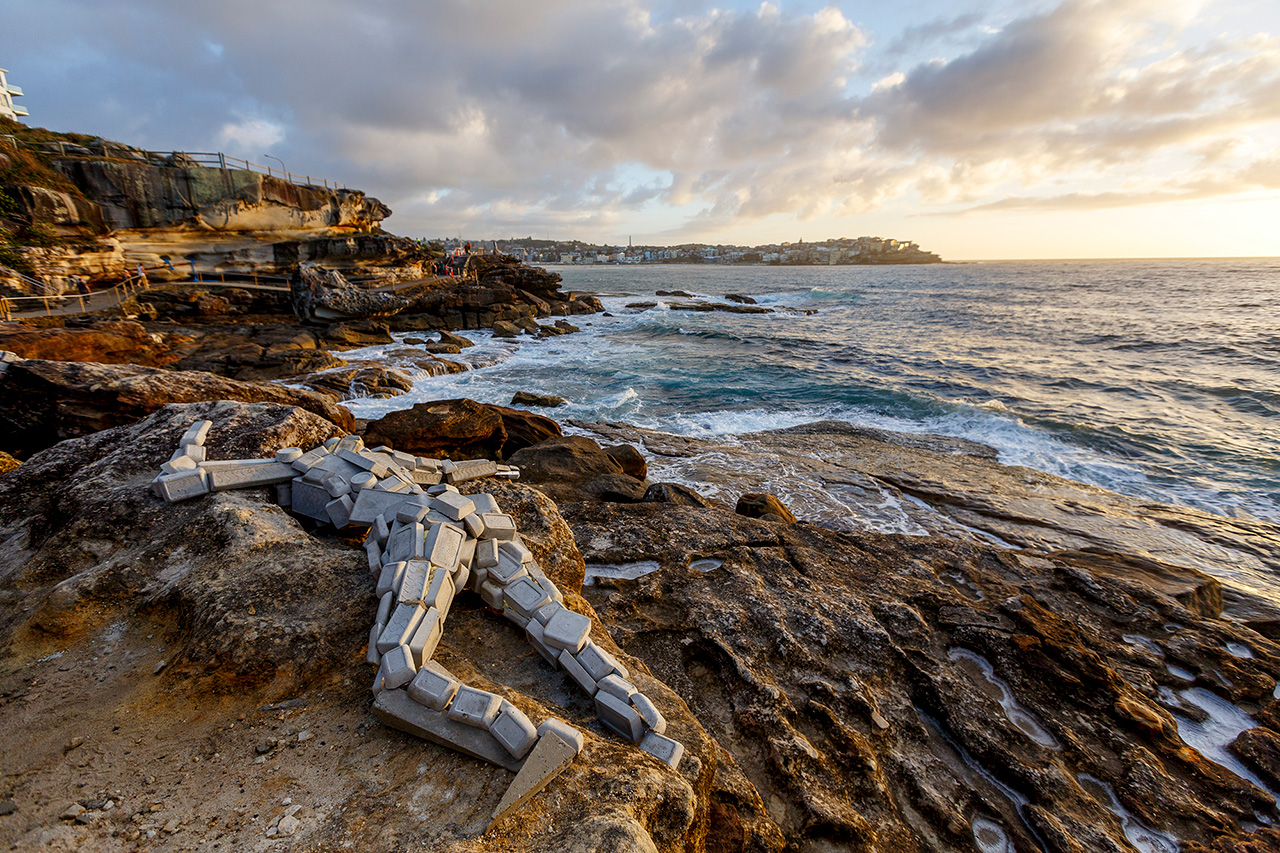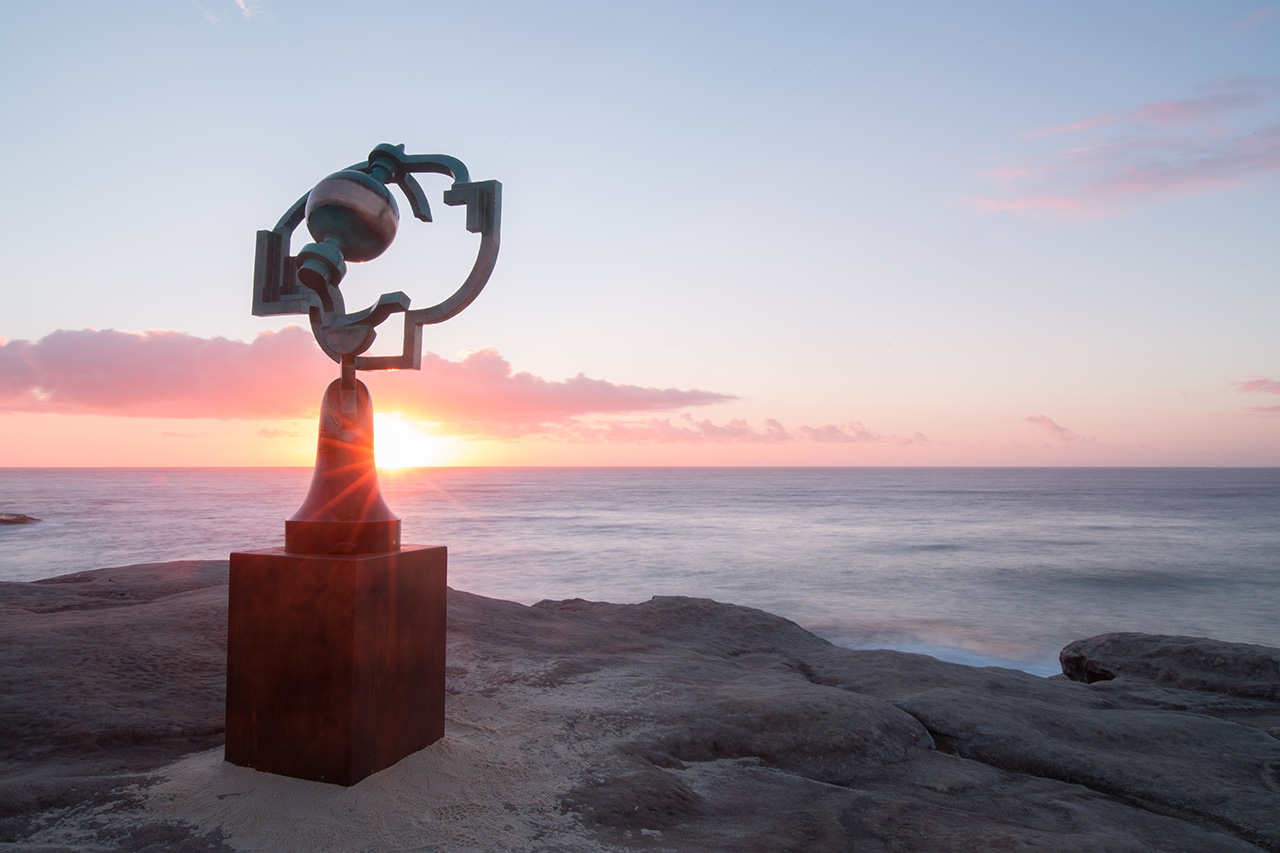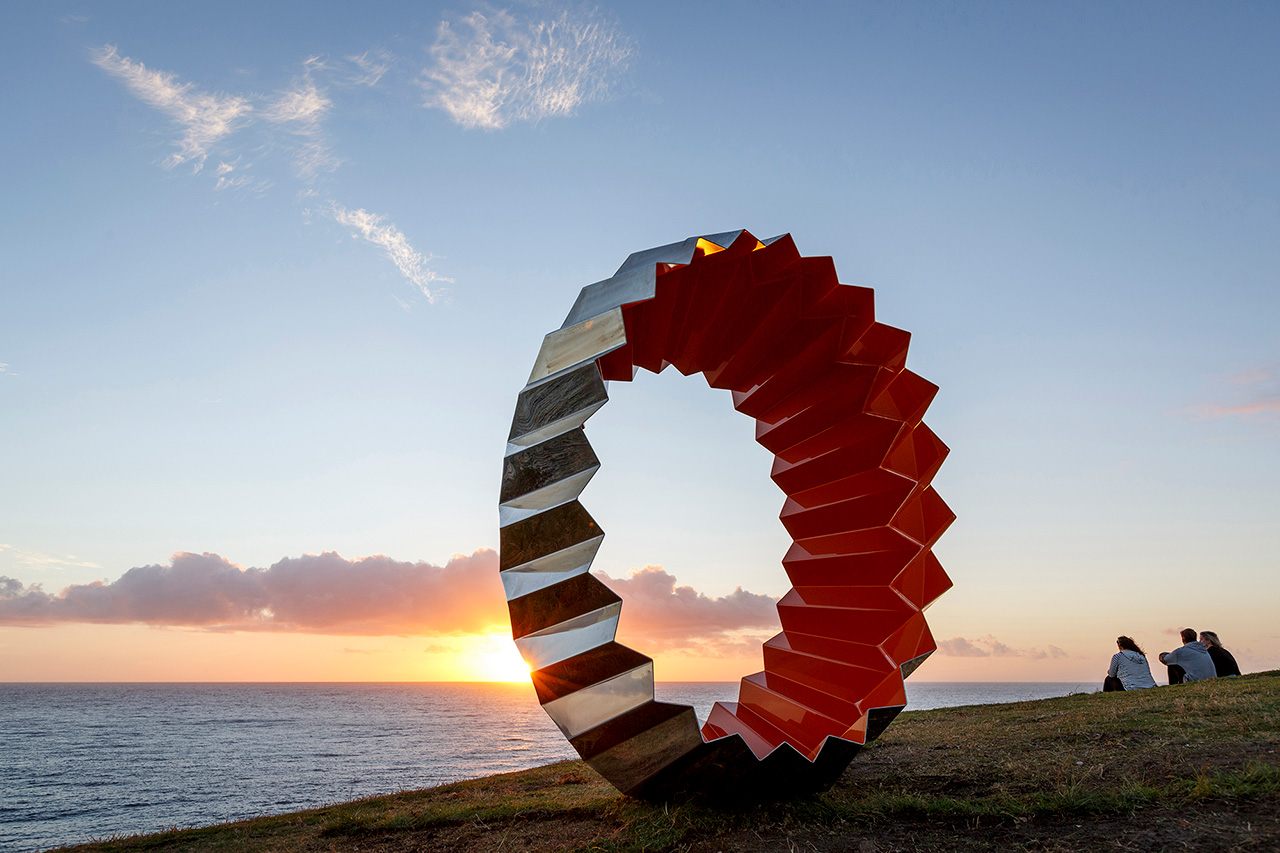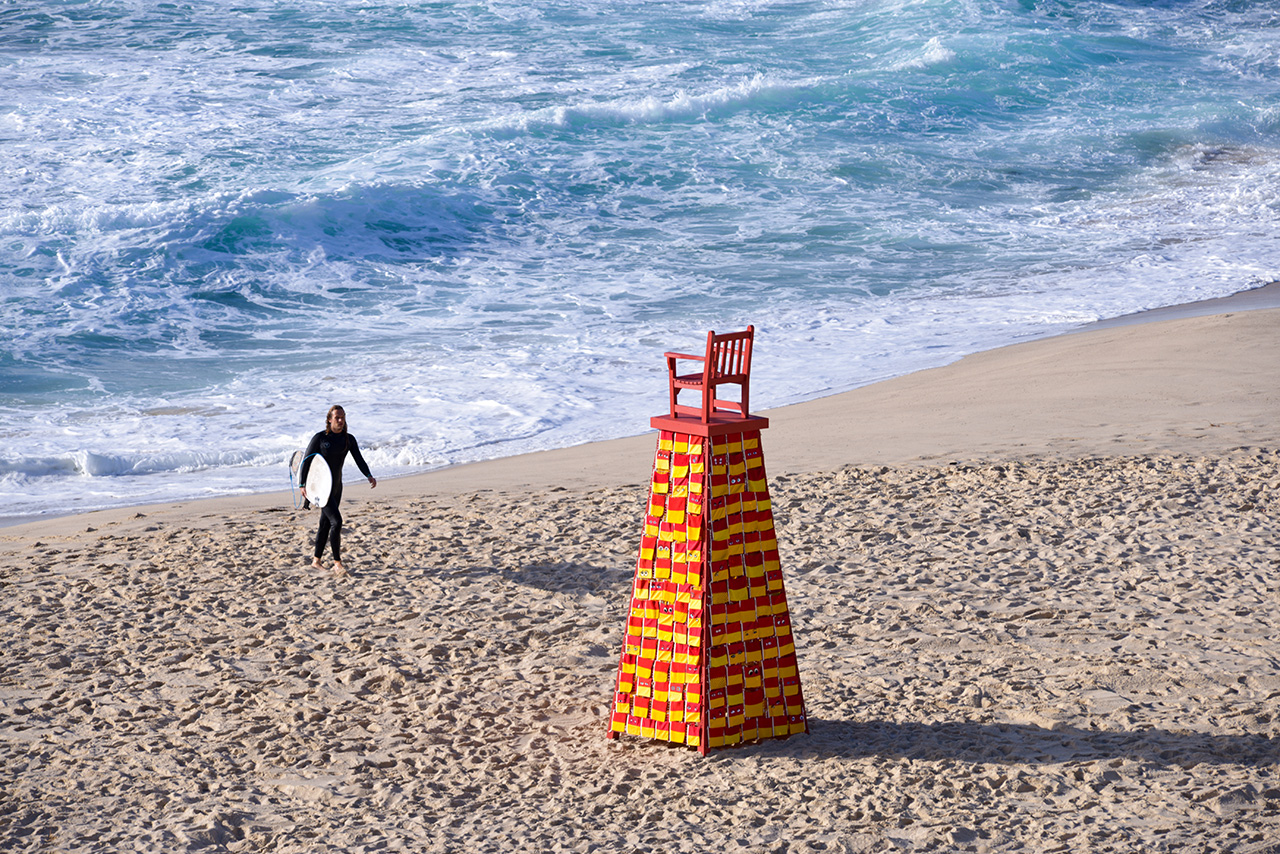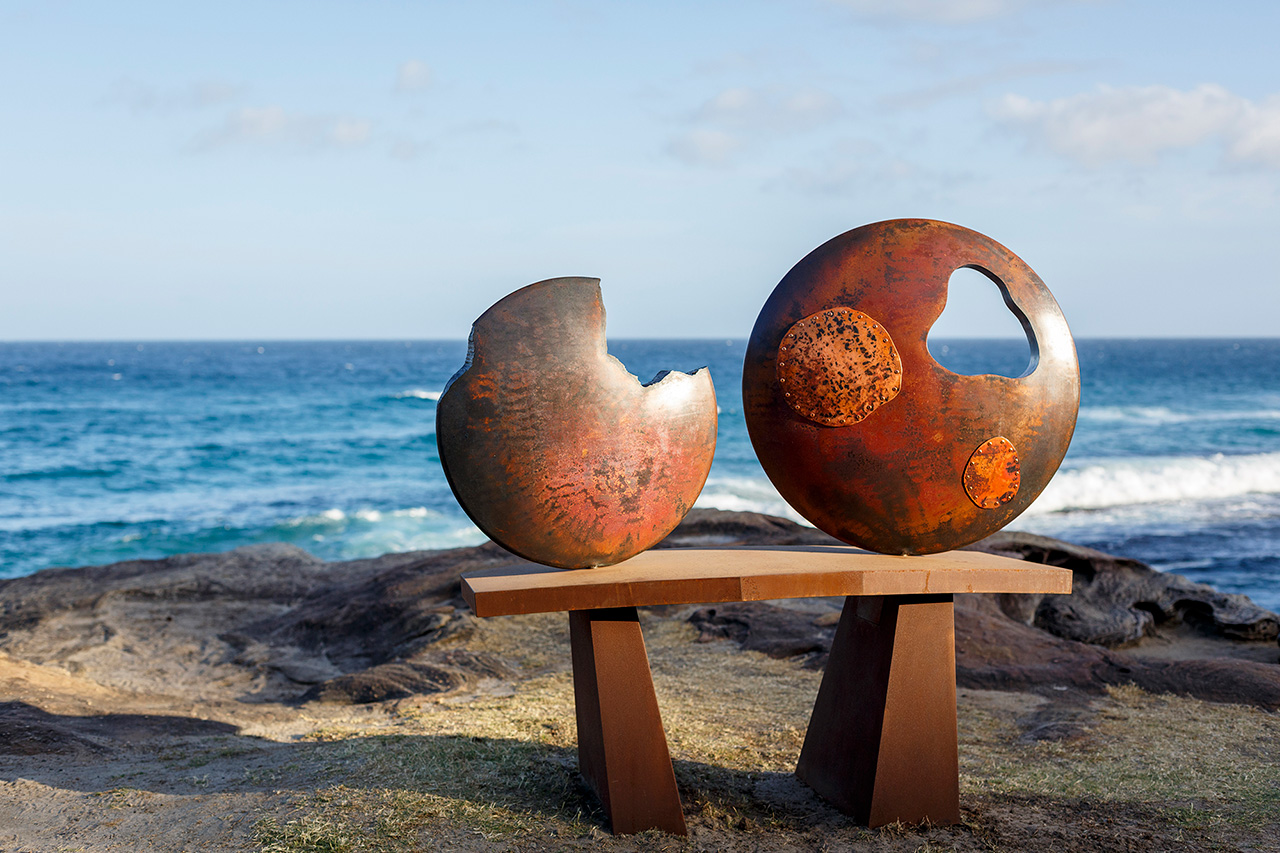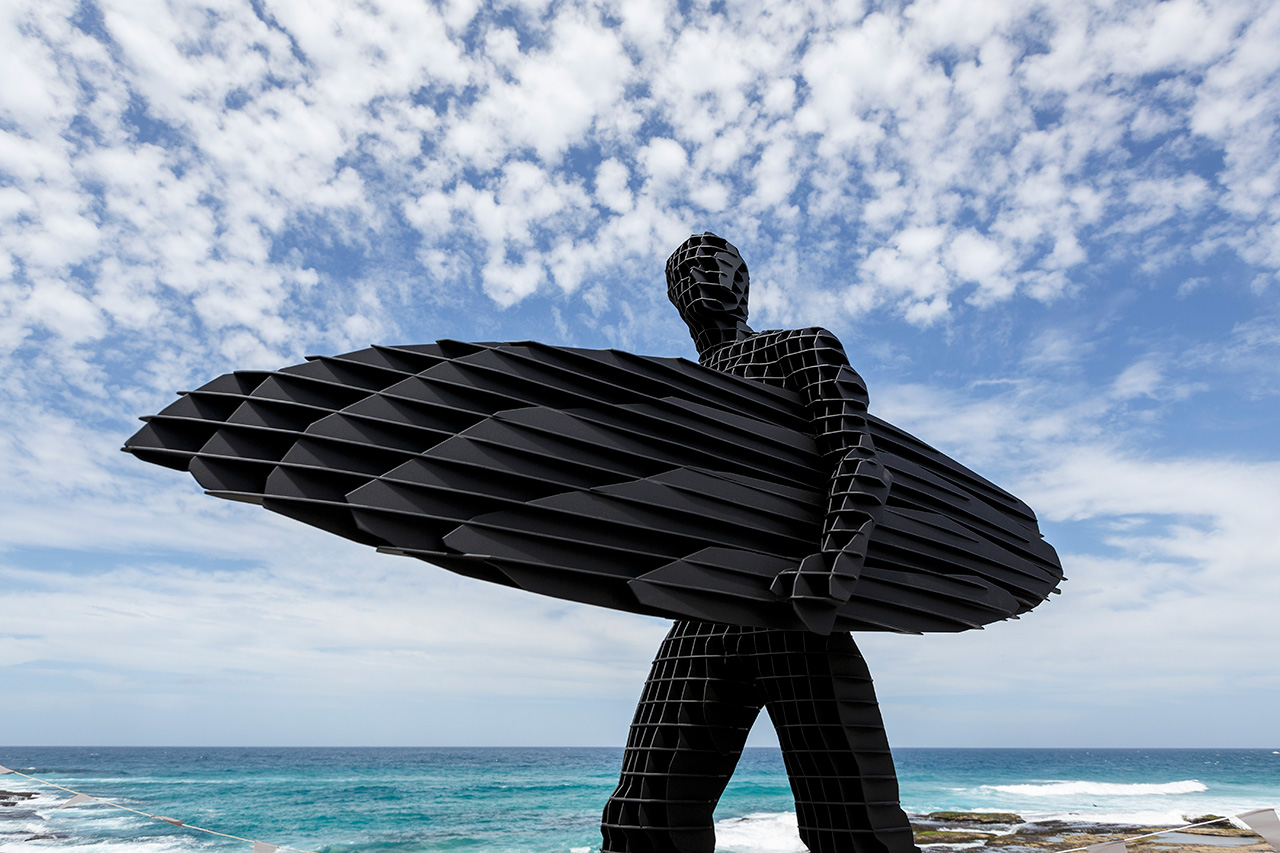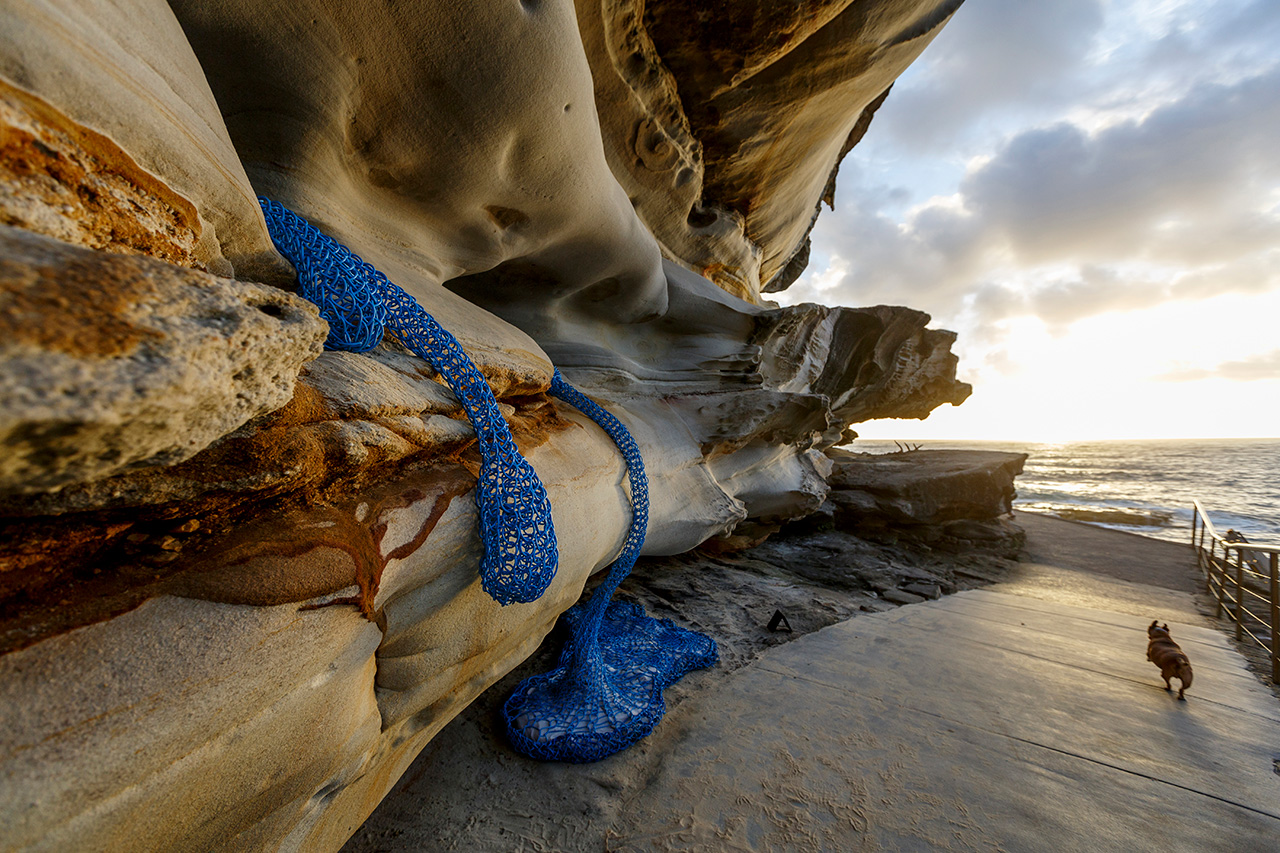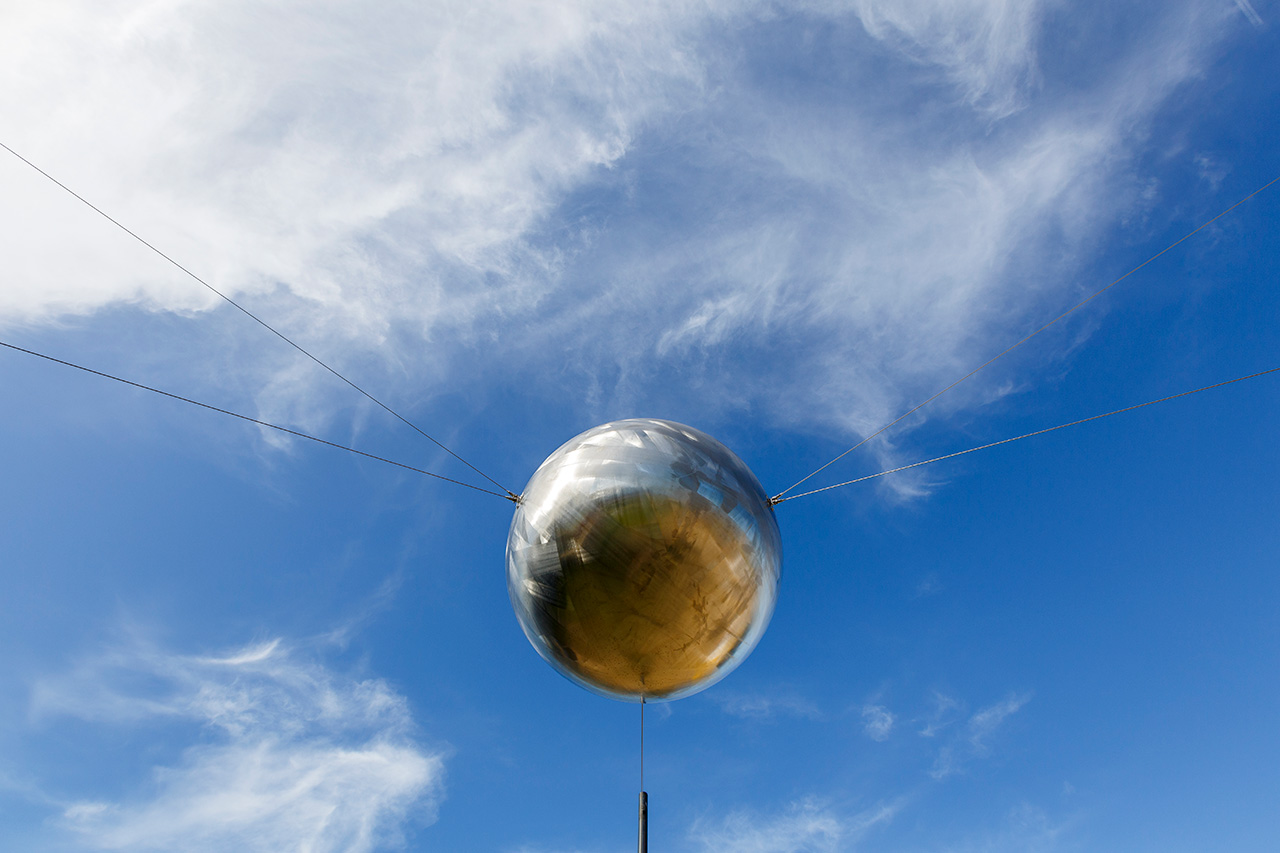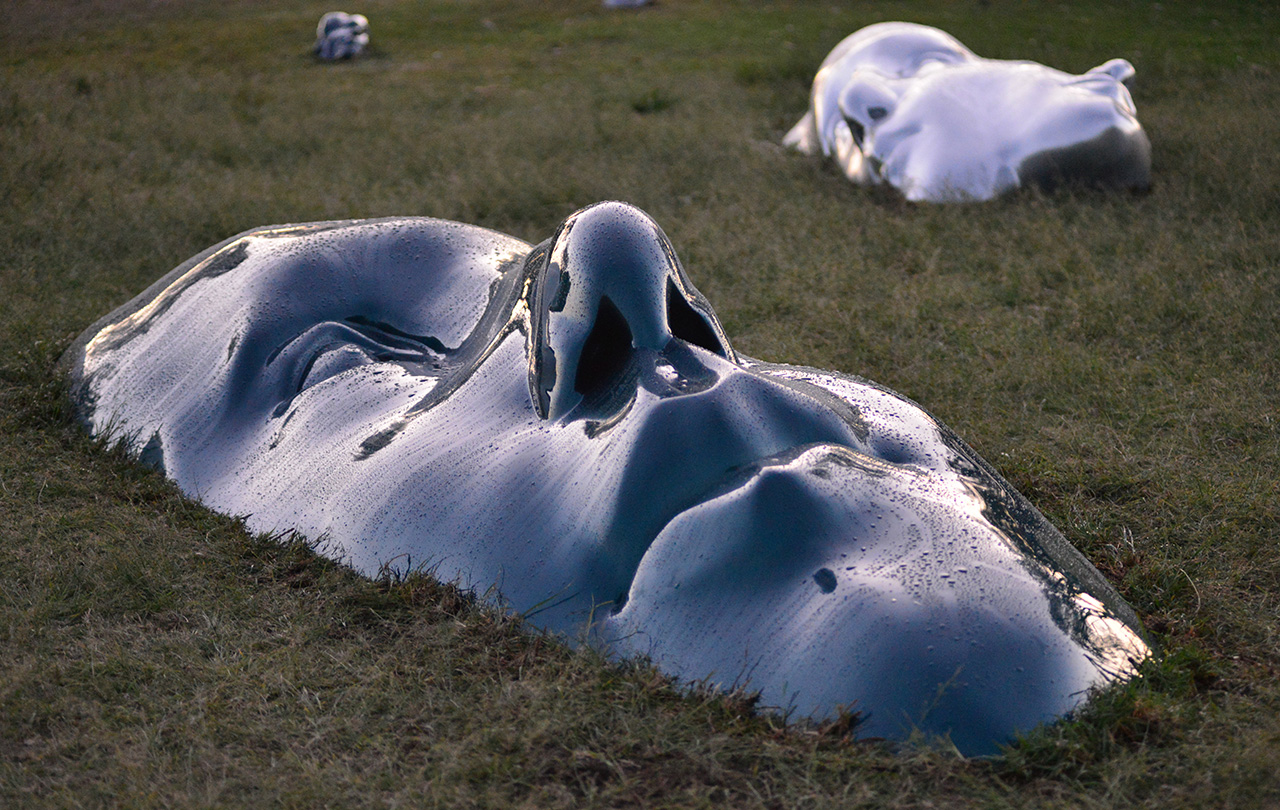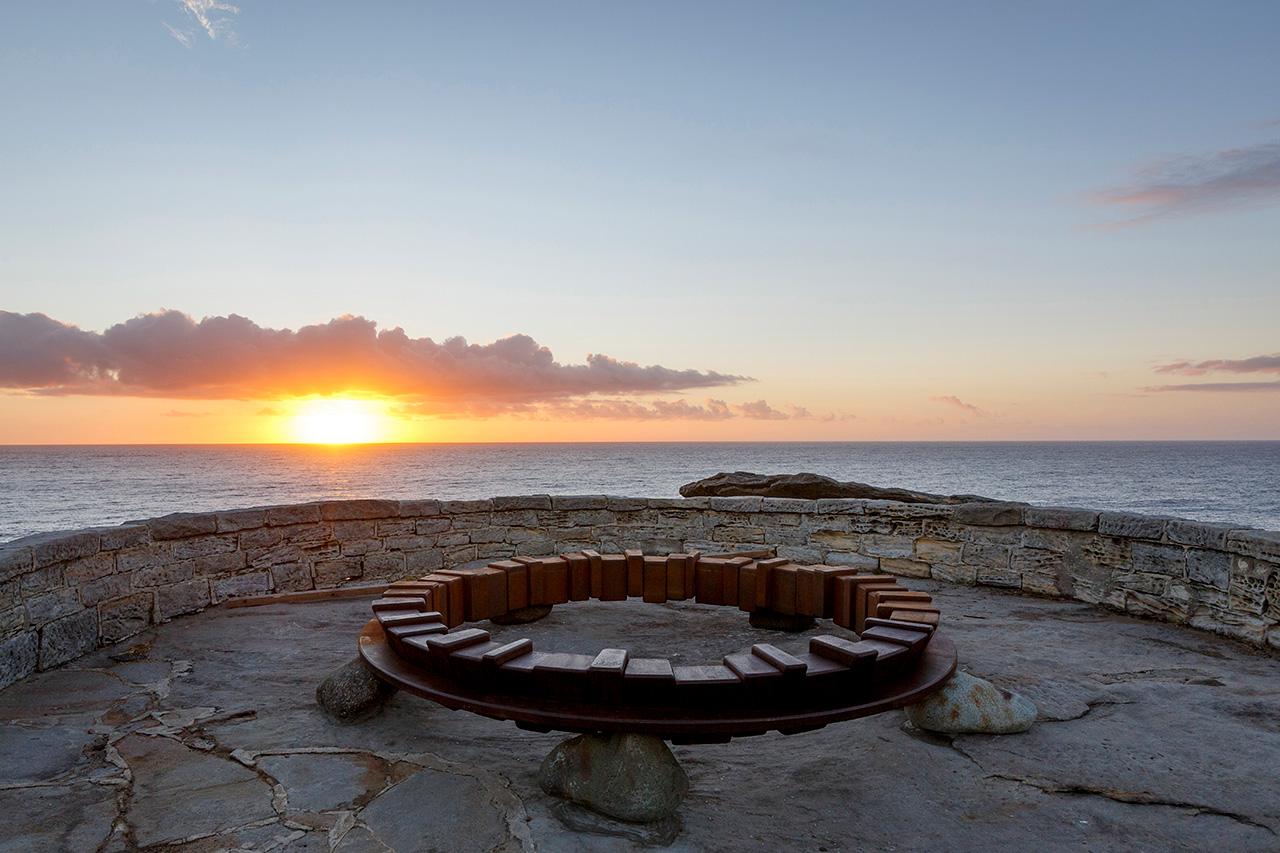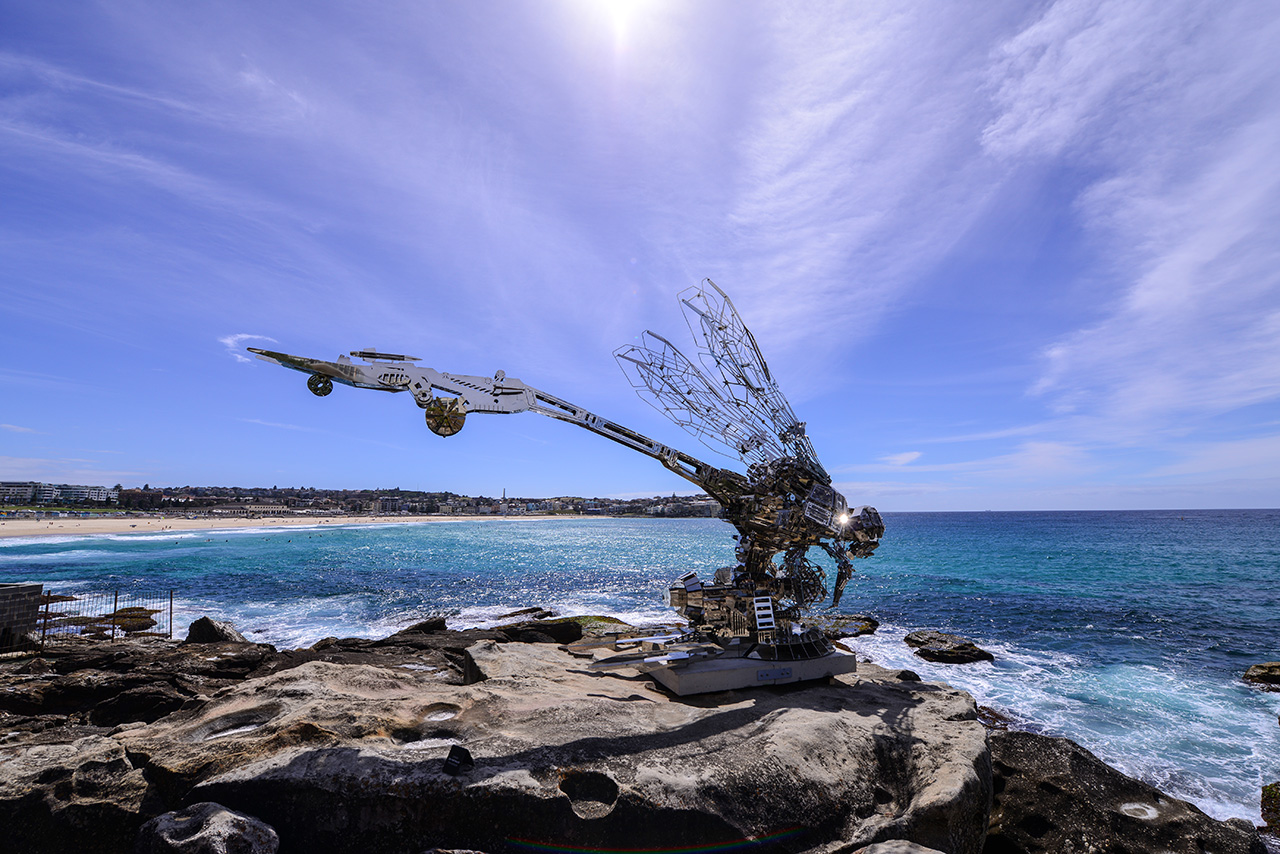News feed
The promise of inclement weather will do little to dampen the spirits of an anticipated half a million viewers expected to visit the annual Sculpture by the Sea exhibition, which has its official opening along the two kilometre stretch of coastline between Bondi and Tamarama beaches today.
Now in its 21st year, Sculpture by the Sea has grown to become the largest annual sculpture exhibition in the world, its influence credited with legitimising the practice not only locally, but globally. That sentiment is shared by the architectural and landscape sculptor David Ball, who, from a field of 104 exhibiting sculptors from 15 countries, was yesterday announced as the recipient of the event’s major award.
While this is Ball’s first time exhibiting at Sculpture by the Sea, the artist says that the event has inadvertently facilitated a career for him in a more general sense. “There’s no doubt, probably internationally but certainly in this country, that it has opened peoples’ eyes to how sculpture can work with the landscape. And in that way, people are seeing sculpture as an integral part of the landscape – and that the landscape isn’t finished until you have a sculpture there.”
Ball completed his winning piece, Orb, in April 2017, adding that it was the first that he finished this year. It took the artist two months to craft the immense structure – the average amount of time he says is required to perform such a considerable feat of artistry by hand. The process begins, he says, with a longstanding gestation period before evolving into a mud map (“a scribble on a piece of paper”) and then “a sketch made in steel”, which involves Ball physically working the lines of the piece until he is satisfied with the shape it’s starting to take. An inner structure strengthens the piece, in order for it to withstand the elements (and the travel required to transport the piece from his home in Mittagong, in the Southern Highlands of New South Wales). Finally, the structure is clad in COR-TEN, or weathering, steel – the material that, after exposure to the weather, develops a rust-like patina that lends its form an organic quality – one that suggests it’s another integral element of the landscape no different from the escarpment it crowns. Ball, who describes himself as “a landscape person, through and through” having worked in horticulture and as a stonemason, almost works exclusively with the steel product and has been doing so for much of his artistic career over the past 25 years; it is only within the last five of those years that he says he has been able to make a full-time living out of his artistic practice.
From some angles, it’s possible to discern a fluid shape resembling the formation of a wave, though perhaps that’s owing more to the context of the site more than the intention of the artist. “It’s more embracing”, says Ball. “I don’t think water entered into my thinking. I’m a bit old-school, I supposed. I tried to make something that is relating to where it is and commands a space. [That] your view can move through it is a big advantage of these shapes. It’s very quiet, in a complex world. It’s a very simple melody, really. And that’s the way I’ve been working. It’s probably going to change now.”
With the title comes a $60,000 prize, the Aqualand Sculpture Award, considered the most generous annual sculpture award in Australia. Along with investing within him an amazing confidence in his own abilities, Ball says it has given his practice a sense of security that will free him up and allow him to finish the body of work that Orb is derived from. “I would like to have a larger workshop,” he adds. “That would free me up immensely. I’ve got these forms in my head and the only way to get them out is to make them.” The announcement of the prize will no doubt contribute to the understanding of the structures as being something of a signature, aided in part by the inclusion of a relatively small sphere at the point where his curvilinear segments join. Though the suggestion was floated that the ball was the artist’s way of signing his work, he countered that it’s “just a fragile piece to counter the immensity [of the piece].”
“It just adds a whole other dynamic,” Ball says of sculpture’s place in the landscape, both immediately and more broadly. “That human fingerprint that hopefully celebrates the landscape and can create a sense of wonder.”
Sculpture by the Sea is open from today and will exhibit until November 5. More information is available here.
Tile and cover image: Jessica Wyld/Courtesy of Sculpture by the Sea





